Alloys
An alloy is a substance made by melting two or more elements together, at least one of which is a metal. The mixture has properties different from those of the individual metals. Alloys are created to enhance the properties of the base metals, such as increasing strength, hardness, or resistance to corrosion.
Types of Alloys
There are two main types of alloys: substitutional alloys and interstitial alloys.
- Substitutional Alloys: In substitutional alloys, atoms of the components replace each other in the crystal lattice. An example is brass, which is a substitutional alloy of copper and zinc.
- Interstitial Alloys: In interstitial alloys, smaller atoms fit into the spaces between larger atoms in the crystal lattice. An example is steel, which is an interstitial alloy of iron and carbon.
Properties of Alloys
Alloys often exhibit properties that are superior to those of the individual components. Some common properties include:
- Strength: Alloys are often stronger than the base metals.
- Hardness: Alloys can be harder than the base metals.
- Corrosion Resistance: Many alloys are more resistant to corrosion than pure metals.
- Malleability and Ductility: Some alloys maintain the malleability and ductility of the base metals, making them easier to work with.
Common Alloys
There are numerous alloys used in various industries and applications. Some common alloys include:
- Steel: An alloy of iron and carbon, often with other elements such as manganese, nickel, or chromium.
- Brass: An alloy of copper and zinc, often used in musical instruments and decorative items.
- Bronze: An alloy of copper and tin, known for its strength and corrosion resistance.
- Aluminum Alloys: Various alloys of aluminum with elements such as copper, zinc, or magnesium, used in aerospace and automotive industries.
Study Guide
To understand alloys, it's essential to study the following aspects:
- Composition: Learn about the components of common alloys and their proportions.
- Properties: Understand the properties of alloys and how they differ from those of pure metals.
- Applications: Explore the various applications of alloys in different industries.
- Manufacturing processes: Study the methods used to create alloys, such as melting, mixing, and solidifying.
Understanding alloys is crucial for various fields, including materials science, engineering, and manufacturing. By grasping the composition, properties, and applications of alloys, you can appreciate their significance in modern technology and industry.
.◂Science Worksheets and Study Guides Eighth Grade. Understanding Weather
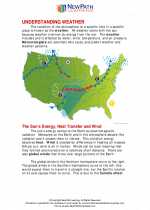
 Activity Lesson
Activity Lesson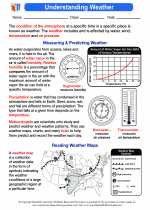
 Worksheet/Answer key
Worksheet/Answer key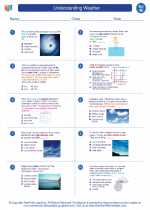
 Worksheet/Answer key
Worksheet/Answer key
 Worksheet/Answer key
Worksheet/Answer key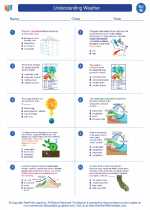
 Worksheet/Answer key
Worksheet/Answer key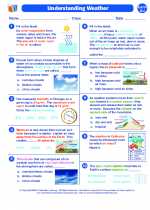
 Vocabulary/Answer key
Vocabulary/Answer key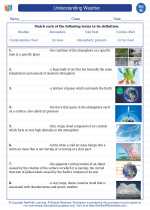
 Vocabulary/Answer key
Vocabulary/Answer key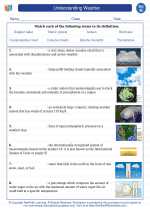
 Vocabulary/Answer key
Vocabulary/Answer key
